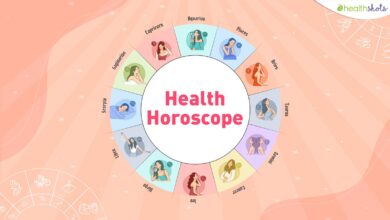
Cell phone shocker as 97% of kids use their device during school hours and beyond, says study
[ad_1]
Mobile phones just might be young people’s best friend, whether their parents like it or not.
A new study from Common Sense Media, a nonprofit group in San Francisco, California, researched phone usage among a diverse group of 203 kids aged 11 to 17 — and the results were startling, experts say.
The researchers found that smartphones have become a “constant companion” for young people, according to a news release, although results varied.
Kids spent a median of 4.5 hours per day on their phones, with the maximum amount of time reaching 16 hours, according to the study.
PHONE CALL ETIQUETTE FOR TODAY: BEST TO ‘OPT FOR A TEXT MESSAGE,’ EXPERT ADVISES
Most teens check their phones frequently, ranging from two to 498 times per day.
Adolescents were more likely to check their phones over 100 times a day, the study found.

Smartphones have become a “constant companion” for kids and teens, a new study indicated. (Cyberguy.com)
A whopping 97% of kids used their phones during school hours, while nearly 60% used them overnight — between the hours of midnight and 5 a.m. — on school nights.
Social media such as Instagram and Snapchat took up most screen time, at 32% during the school day, followed by YouTube and gaming, the study found.
Overnight phone use was primarily spent engaging with the same media, although YouTube appeared to be the longest-running app because videos were often left playing during the night.
Teens spent an average of 20 minutes per night on their phones, while some spent up to five hours.
Sixty-seven percent of participants picked up their phones on school nights, but the median number of pickups per night was only once.
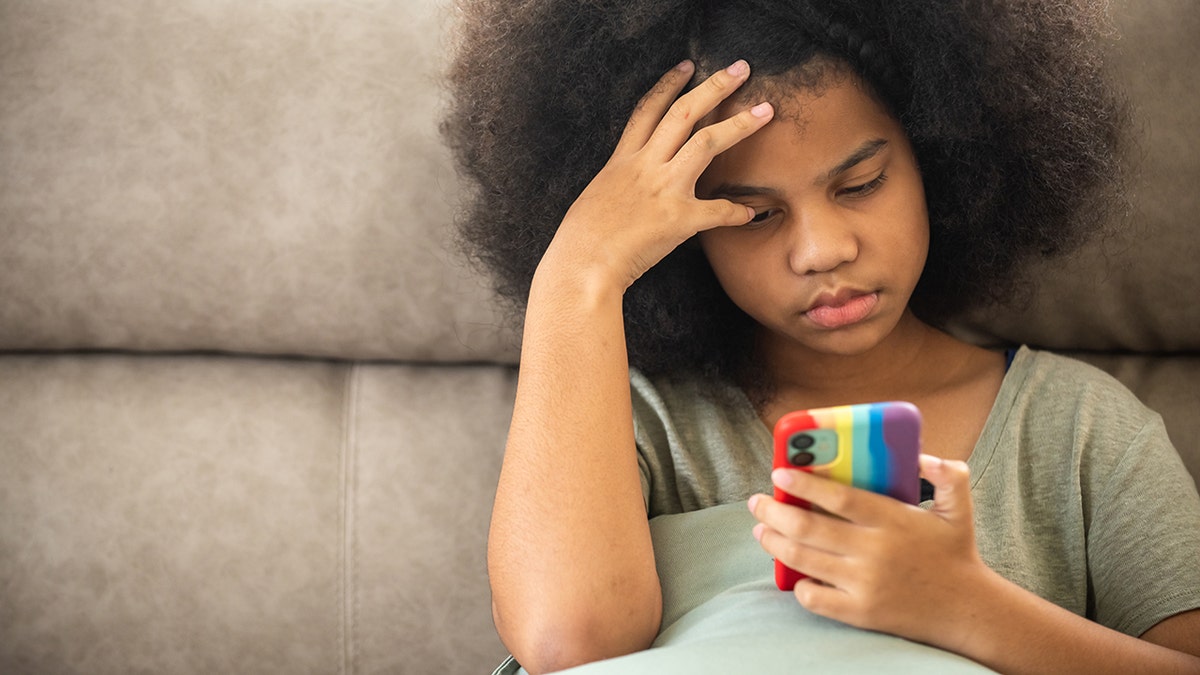
Younger participants tended to pick up their phones less frequently each day, the new study found. (iStock)
More than 50% of kids get 237 notifications per day — while some receive as many as 4,500 every day, according to Common Sense Media’s findings.
About 23% of these notifications occurred during school hours.
The largest share of notifications came from apps including Snapchat and TikTok.
YOUNG PEOPLE ARE MORE LIKELY TO FALL WHILE TEXTING AND WALKING AT THE SAME TIME, STUDY SAYS
In particular, TikTok was used by half of the study participants, for nearly two hours per day on average.
Compared to other social media apps, teens were more likely to spend several hours daily on TikTok, with some scrolling on the app for up to seven hours.
Comparatively, the longest amount of time spent on Snapchat and Instagram was about three hours daily, the study found.
Of the 85 participants under age 13, 68% used social media and had at least one app rated “teen” or higher – allowing access to “age-inappropriate experiences,” the study suggested.
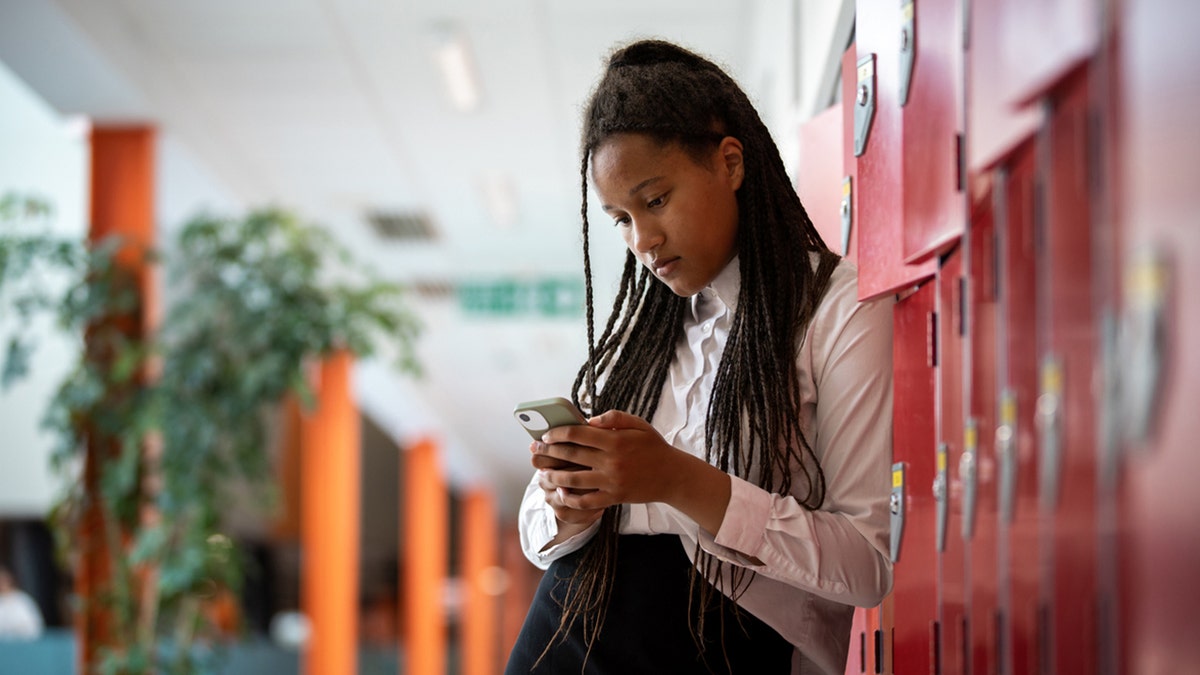
More than 50% of kids get 237 notifications per day, while some receive as many as 4,500 every day, according to Common Sense Media’s findings. (iStock)
TikTok was the most popular app used by kids aged 11 and 12, while nearly half (45%) of participants used apps with mature or adult-only ratings, such as porn sites, fantasy sports and betting apps, according to the study findings.
More than two-thirds of all participants admitted they sometimes or often find managing their use of technology difficult — or that they use it to escape “sorrow” or “negative feelings.”
They also said they’ve missed sleep due to being on their phones at night.
“People feel good and are enhanced by interactions with others … Those feelings cannot be replicated by connecting through a phone.”
Licensed clinical social worker Jennifer Kelman in Boca Raton, Florida — who provides expert advice on the Justanswer platform and was not involved in the study — shared some of the negative repercussions of kids spending large amounts of time on their phones.
“They lose the ability to have face-to-face interactions, and to converse and connect with others,” she said in an interview with Fox News Digital.
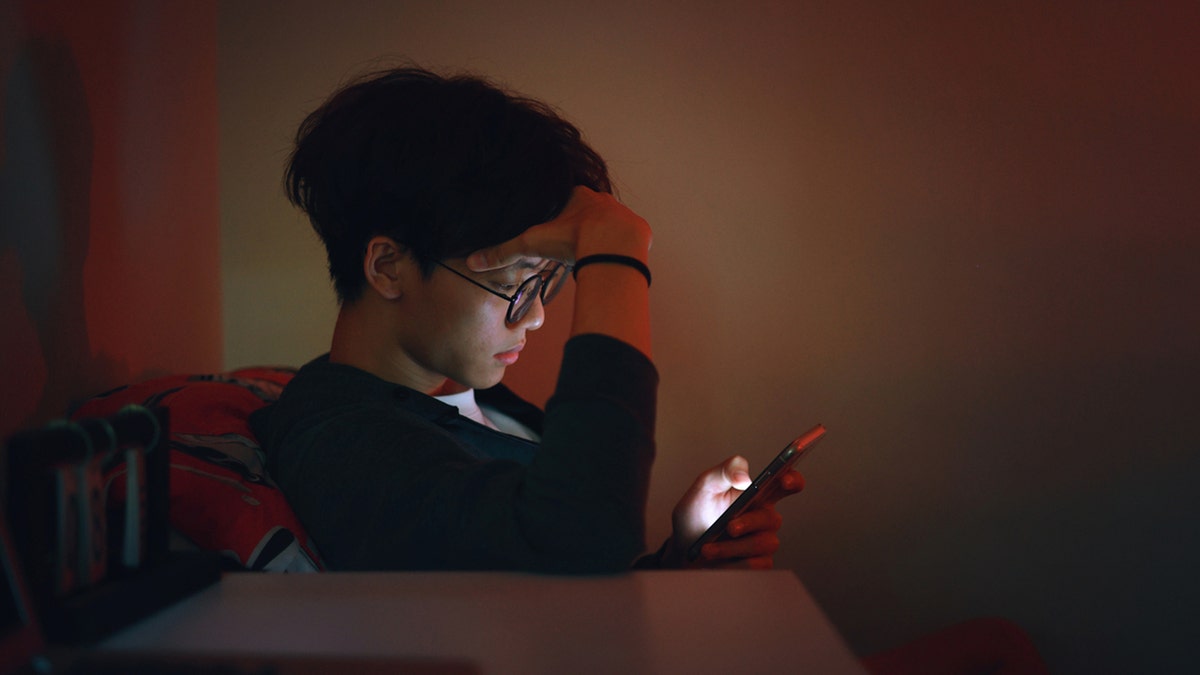
Teens spent an average of 20 minutes per night on their phones, while others spent up to five hours, according to a new study. (iStock)
“The phones and all the apps aren’t real-life interactions, and there is beauty in connecting with others face-to-face that is lost,” Kelman went on.
Kids also lose out on developing problem-solving skills, since they aren’t typically tasked with negotiating “tough spaces” or navigating human challenges, the expert added.
BACK TO SCHOOL: TIPS FOR HOMESCHOOLING THE KIDS AS MORE PARENTS DITCH CLASSROOMS
“The more apps we use, the more likely it is that we lose parts of ourselves, our confidence and self-esteem,” said Kelman.
“People feel good and are enhanced by interactions with others, and those feelings cannot be replicated by connecting through a phone.”
“Kids’ brains aren’t fully developed, so they aren’t able to sniff out who is safe on the other end of the chat or the game.”
Kelman warned parents that smartphone usage triggers the same dopamine release as drugs, as apps are designed to “reel kids in and keep them hooked.”
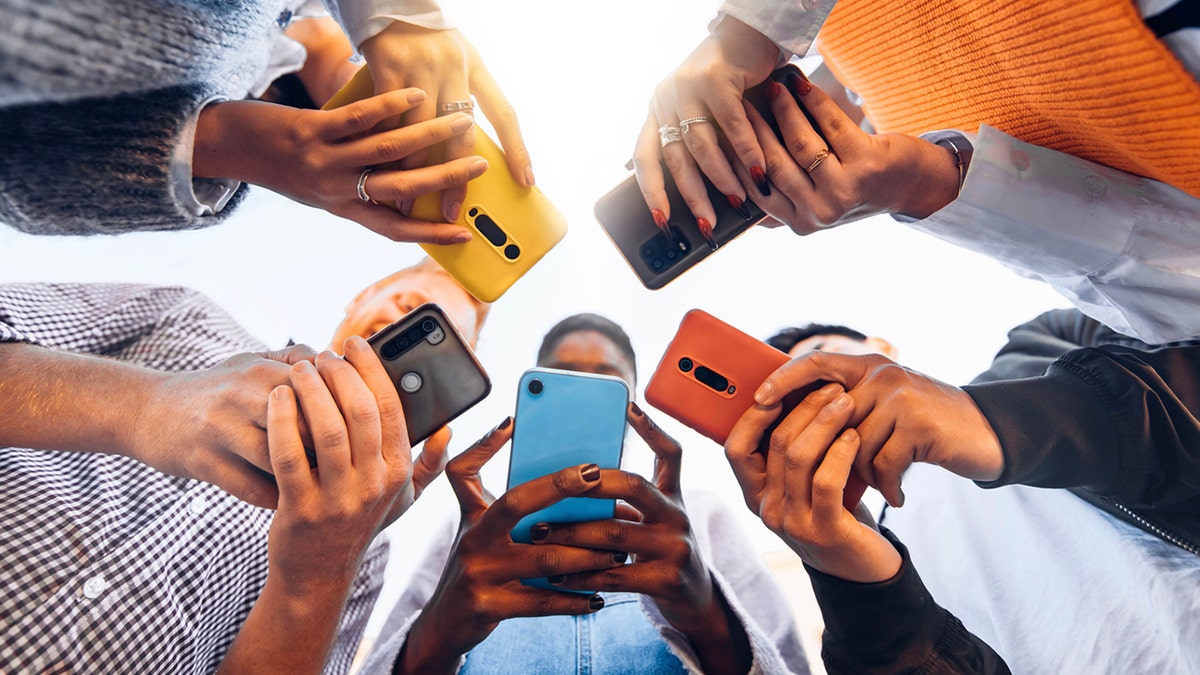
Smartphones can put interpersonal relationships at risk, warned a therapist. (iStock)
“[Parents] are the ‘drug dealer’ in this analogy, so please think twice before free rein is given,” she said.
“Withdrawal is common as well, so be prepared for a lot of pushback when you try to limit the use of their phones and other tech devices,” Kelman warned.
The therapist’s biggest rule for cracking down on daily phone usage among kids is to delay phone access for as long as possible.
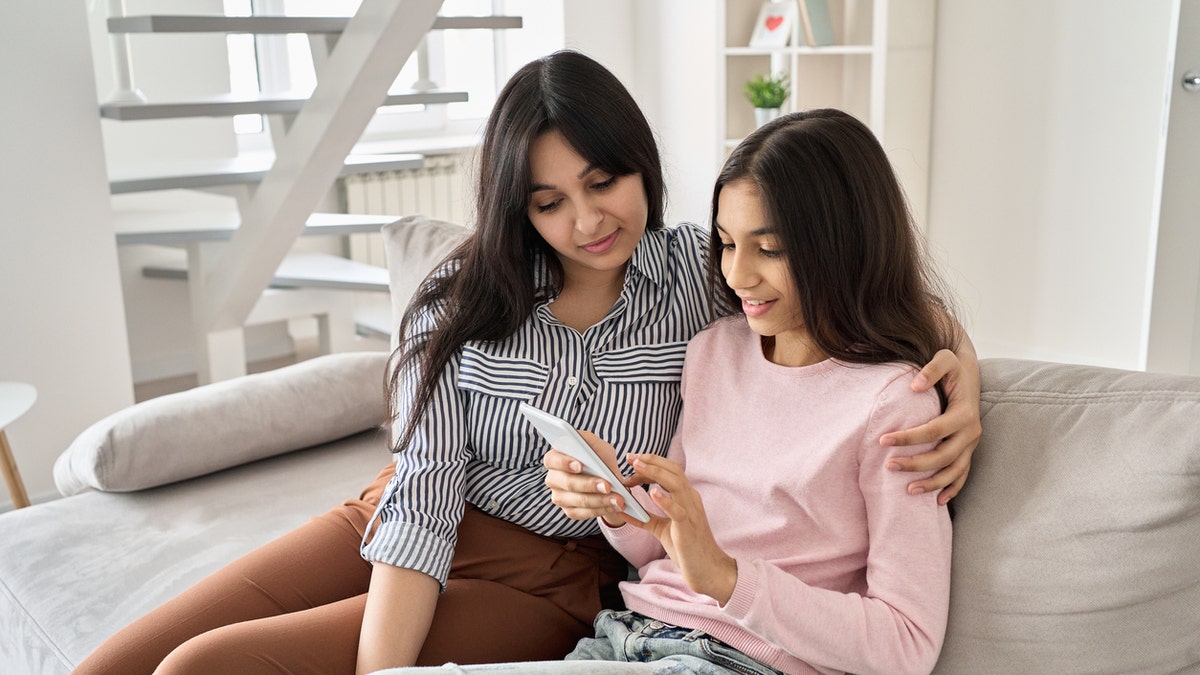
Parents should vet and monitor all content accessed by their kids, a Florida therapist advised. (iStock)
“Parents are giving their kids phones at young ages and kids are hooked quickly,” she said.
“Forget what friends are doing — and delay this as long as you can,” she advised.
If a cell phone is necessary due to schedules and after-school activities, a kid-safe starter phone like a Pinwheel could be a better alternative, Kelman suggested.
“It’s a phone that lets parents manage and monitor their usage, but there is no internet and only specific, parent-approved apps that can be turned on and off at will,” she said.

If a cell phone is necessary due to schedules and after-school activities, a kid-safe starter phone like a Pinwheel could be a better alternative, therapist Kelman suggested. (iStock)
“Better for your child to have a little FOMO [fear of missing out] than to have access to porn, become a victim of sextortion, or lose the ability to truly connect with other people.”
Kelman stressed that kids “can’t unsee what they have already seen,” and that many adult apps may put kids “in harm’s way.”
CLICK HERE TO SIGN UP FOR OUR HEALTH NEWSLETTER
“Kids’ brains aren’t fully developed, so they aren’t able to sniff out who is safe on the other end of the chat or the game,” she said.
“Kids are coerced into sending photos of themselves, often finding themselves victims of sextortion after they share the photos,” the expert warned. “This leads to shame, despair and fear of telling their parents.”
Parents should vet and monitor all content accessed by their kids, Kelman advised.
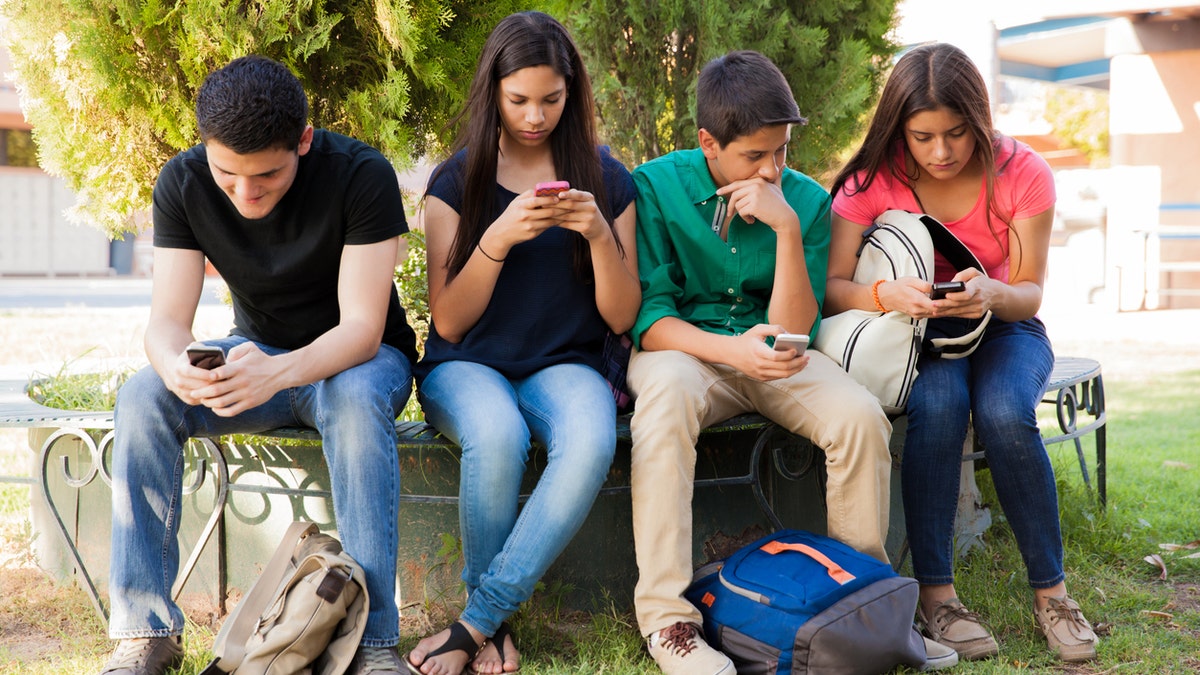
Certain types of content are more harmful than others, noted Shelley Delayne, parent education director at Pinwheel in Austin, Texas. (iStock)
Certain types of content are more harmful than others, noted Shelley Delayne, parent education director at Pinwheel in Austin, Texas, who was also not involved in the study.
These include “attention-mining apps,” adult images and interactions, user-generated content and “invisible influences” that can impact children’s worldview, she said.
“Take it slow and give them only what they need,” Delayne recommended.
“Delay the introduction of adult online spaces and social media to [age] 16 or older, and stay involved in their digital lives just as much as you are in their physical life.”
“We interpreted this data with assistance from an advisory council of young people to understand the nuanced relationships that young people develop with their smartphones.”
She also said, “Remember that just because a kid can tap around on a device and make it do stuff doesn’t mean they have all the skills they need to be unharmed by it.”
In its report, Common Sense Media said it used “software to collect data from the smartphones of a diverse group of about 11- to 17-year-olds. We then interpreted this data with assistance from an advisory council of young people to understand the nuanced relationships that young people develop with their smartphones.”
CLICK HERE TO GET THE FOX NEWS APP
It also provided additional context, noting the study was done with “Android phone users only, because Apple device tracking does not share with the research community the names of specific non-Apple apps that young people commonly use.”
Fox News Digital reached out to the group for further comment.
For more Health articles, visit www.foxnews.com/health.
[ad_2]
Source link





